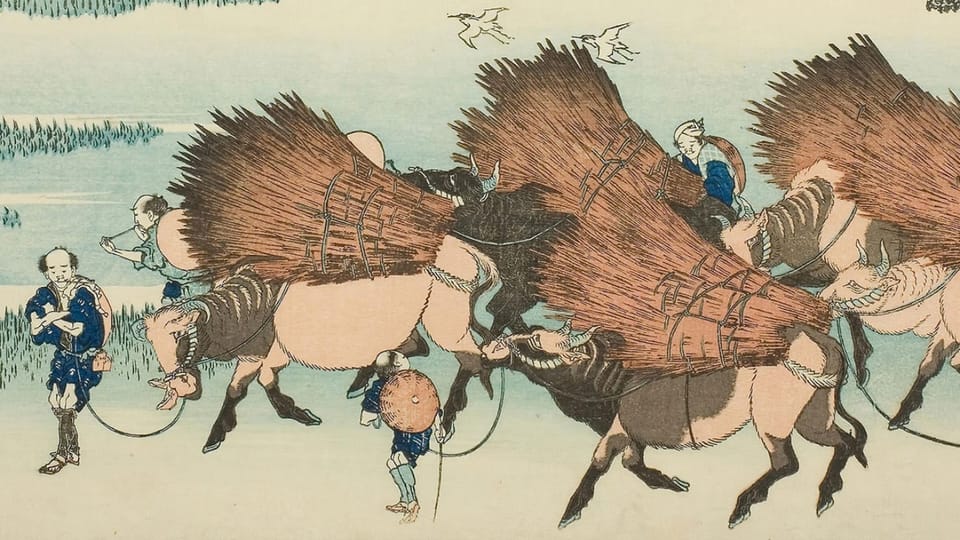Swords and Rice: The Economic Role of the Samurai

VIKINGS vs SAMURAI is an epic clash of titans, swords singing through the air, blood painting history, yeah, it’s a killer premise. But here’s the thing: when I started scribbling it out, I had to face one cold, hard truth. Outside of late-night marathons of chanbara films, I knew jack about the real life of a samurai. Their day-to-day grind? The land they ruled? How they balanced all that honor and bloodshed with… taxes and rice? Yeah, that was uncharted territory.
So, for the last year, I’ve been neck-deep in scrolls, old records, and economic structures that would make your brain melt. And you know what I found? The samurai? They were so much more than warriors. These guys were the unsung puppet masters of Japan’s feudal economy. Imagine: swords in one hand, land ledgers in the other. They were both the muscle and the mind behind the rice fields and village economies. You can’t have war without someone paying the bills.
Let’s break it down. From the Kamakura shogunate straight through to the Edo period, about 700 years of feudal fury, the samurai were the glue. Not just lords of the battlefield, but lords of the land. The shogun called the shots, the daimyo owned the domains, and the samurai? They were the ones in the trenches, managing it all. Land grants called shōen weren’t private property as we know it. Instead, samurai were the middlemen, balancing the books, collecting taxes, and keeping peasant farmers sweating to meet the quotas. And rice—sweet, golden rice—was king. Forget coins; a samurai’s worth was literally measured in koku, the amount of rice to feed one dude for a year.
These sword-wielding accountants weren’t just sitting around. They were busy. Irrigation systems? Samurai made it happen. Tax collection? You bet. They were the bosses handing out relief during bad harvests, fixing disputes, and building roads and dams to keep the empire’s veins pumping. By the Edo Period, the Tokugawa shogunate turned these warriors into castle-town bureaucrats, stuck miles away from their land but still living off stipends of rice. Sounds easy? Nah. Inflation hit, costs rose, and suddenly a lot of samurai were living paycheck-to-paycheck, or koku-to-koku, if you will.
And this is where the story tilts. The samurai, forbidden from dirtying their hands with trade or commerce, watched as merchants, the guys at the bottom of the social ladder, climbed the economic ranks, raking in cash. Some samurai swallowed their pride, teaching, running businesses on the sly, or even groveling for loans. Others? They clung to the bushido code, pretending dignity could fill their rice bowls. Spoiler: it couldn’t.
By the time the Meiji Restoration rolled in, samurai economics collapsed like a bad soufflé. No more fiefs, no more stipends. The feudal system got nuked, and the once-mighty samurai found themselves rebranded: military officers, bureaucrats, factory workers, just another cog in Japan’s modernization machine.
So, yeah, samurai weren’t just warriors with flowing robes and sharp swords. They were land managers, tax collectors, and problem solvers, trying to hold a crumbling system together while carrying the weight of a society that didn’t always love them back. And the collapse? It’s tragic and brutal. A rise, a fall, and a story drenched in honor, blood, and rice. Always the rice.
